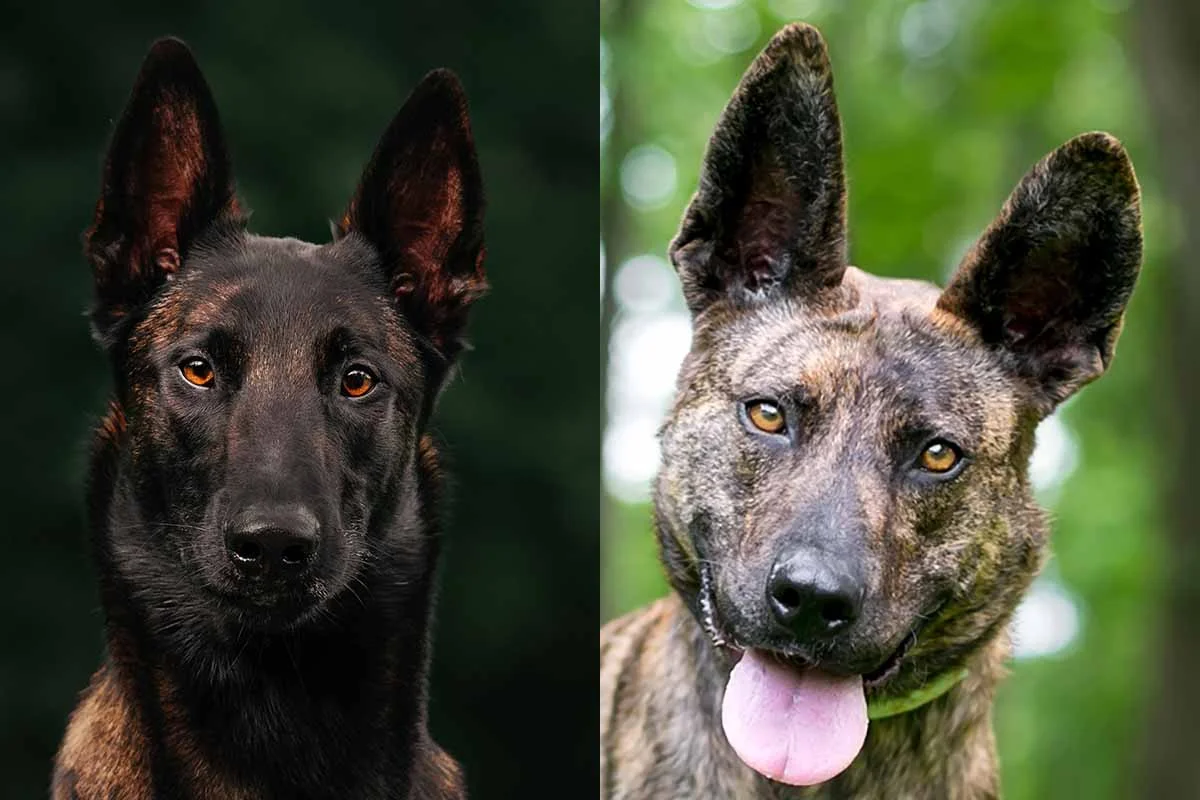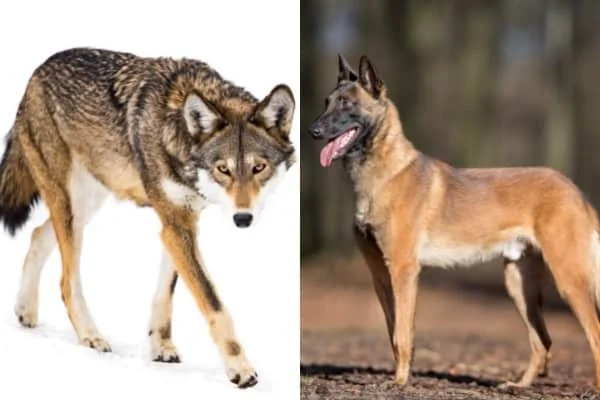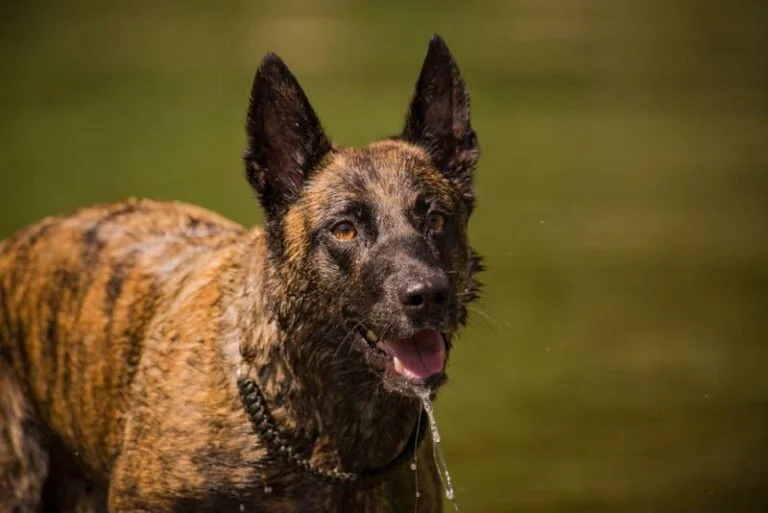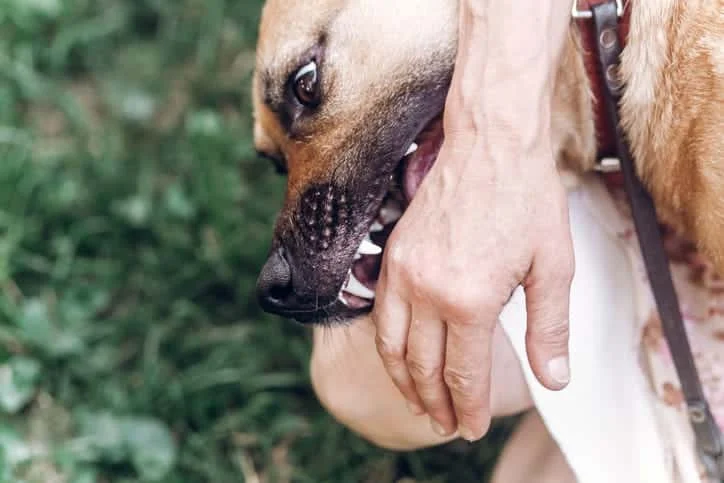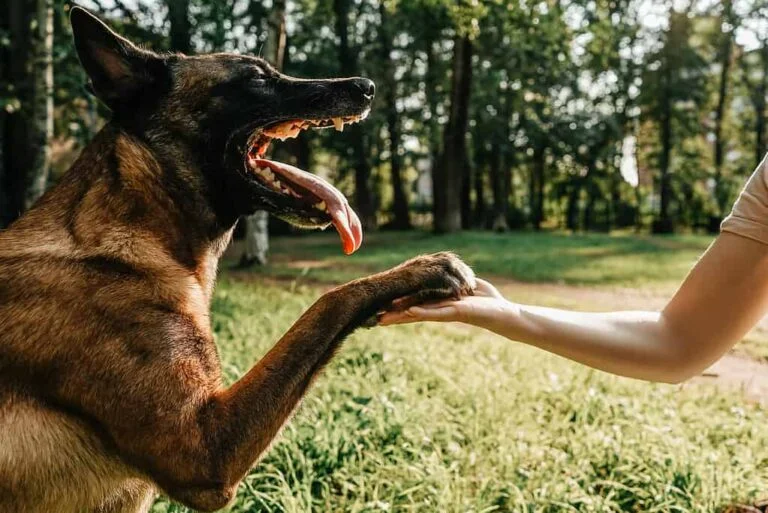Distinguishing the Dog Breeds: Difference Between a Belgian Malinois and a Dutch Shepherd
Both the Belgian Malinois and the Dutch Shepherd are distinctive breeds within the wide and varied world of canines, both in terms of appearance and special qualities. Given their shepherd ancestry, these two breeds have different histories, looks, and temperaments, despite some similarities between them. Deeply exploring the distinctions, this piece provides knowledge for experts, dog lovers, and prospective pet owners.
Origins and Evolution of Historical Roots:
Malinois from Belgium:
This is simply one of the four varieties of Belgian shepherds; the others come from the area surrounding Malines in Belgium. Because of its intelligence and adaptability, the breed quickly began to be used in different capacities after being originally bred for sheep herding. In the modern world, malinoises are seen as very desirable and useful for military and law enforcement duties, as well as for use as service and therapy dogs.
The canine from Holland:
The Dutch Shepherd, which originated in the rural areas of the country and is now a beloved breed, came from modest beginnings as a herder of sheep and cattle. Through the ages, the requirements of farming evolved, and with it, the functions of shepherds. Dog sports and being devoted family companions are two areas where the breed has discovered new opportunities.
Beyond the First Glance: Physical Characteristics
Though subtle distinctions can be seen upon close inspection, one could easily confuse one breed for the other.
Dimensions and Form:
Belgian Malinois: Male Malinois can weigh up to 80 pounds, while females are slightly smaller. This breed is known for its lean but powerful physique. With a focus on both strength and speed, their structure reflects its historical role.
Dutch Shepherd: Dutch Shepherds weigh between 45 and 75 pounds on average, and while they still have a muscular body, they have a slightly more relaxed build. As a reflection of their herding roots, their body is a testimony to endurance.
Differential Coats:
The breeds’ coat variations are arguably among the most obvious.
Belgian Malinois: They have shorter coats that are usually marked by black ears and a mask. Their colors range from fawn to mahogany.
A wider range of coat textures, from short to long to rough, is specific to Dutch Shepherds. With their black stripes on a lighter background, their hue is primarily brindle, giving them a unique look.
Personality and Conduct: Belgian Malinois, Two Personas:
Malinois are vigorous both mentally and physically, and they are well-known for their great activity and keen intellect. First-time dog owners may find them challenging to handle as they need constant stimulation. Although their protective attitude requires early and constant training, they form strong bonds with their human companions.
Dutch Shepherd: Dutch Shepherds are calmer in comparison. Despite their energy, they are frequently regarded as easier to manage, particularly in a family context, and exhibit more measured replies. With kids, they work especially well because of their patient nature.
The Methodology of Instruction
These breeds pick things up quickly, but because of their differences in temperament, their training styles can vary.
Belgian Malinois: Malinois need a combination of mental and physical challenges because to their strong will. To avoid boredom, they require diversity, but they react strongly to positive reinforcement.
Dutch Shepherds: These dogs do best in settings that provide regular, constructive training. It goes more smoothly during socializing because of their kind disposition, which makes them less likely to be aggressive.
What to Expect from Health Profiles
Similar to other breeds, there are certain health precautions for both Malinois and Dutch Shepherds.
Generally strong, some Belgian Malinois may develop elbow and hip dysplasia as well as some eye conditions. Living a longer, healthier life can be facilitated by routine examinations and early diagnosis.
Dutch Shepherds: Dutch Shepherds have a robust constitution and live to be between 12 and 15 years old. But in order to identify any problems like hip dysplasia or heart concerns, routine physical examinations are essential.
Final Thought: Honoring Diverse History
Both the Belgian Malinois and the Dutch Shepherd are incredibly versatile and endearing, as seen by their journey from the lush grasslands of Belgium and the Netherlands to international fame. Their individual qualities set each one apart even though they all have some shepherd breed traits in common. Knowing the distinctions between Belgian Malinois and Dutch Shepherds will enhance your admiration for these amazing breeds, regardless of whether you’re an experienced dog lover or a prospective dog owner.

